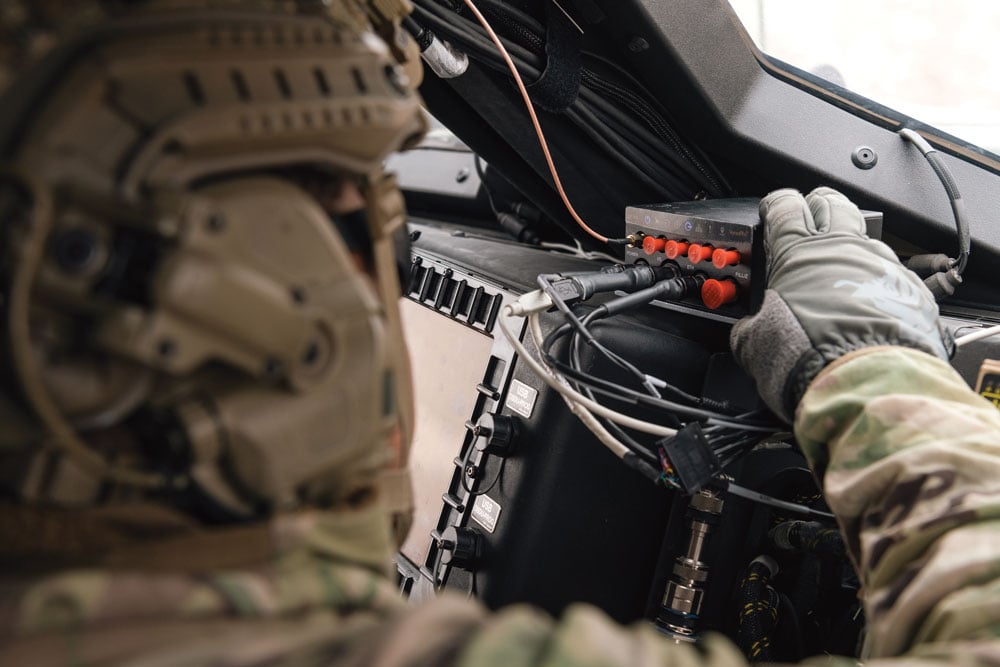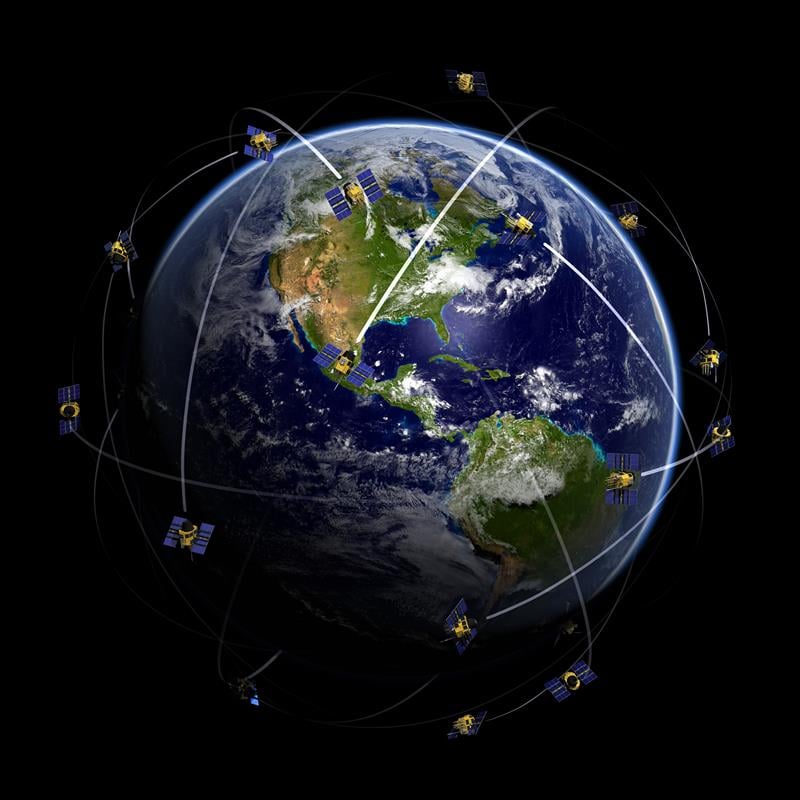Spatial finance: Show me the money
Money comes, and money goes. Who can stop the ebb and flow? It comes and goes whither it will. But we can watch the tide. We can paint the tide. We can measure the tide. We can harness the tide. And we can ride the tide. What would it be like to master the tide?
Welcome to the world of spatial finance. Here is where money meets geographic information systems (GIS). It stops being just a quantity. It takes shape with x – y – z coordinates and moves through time. Mark money by its location and track it through time and you know its velocity — and Energy = Velocity x Mass ^2. When an object in motion hits another object, the transfer of energy is its impact. In the case of money, one dollar has the mass of 1, because it can only be divided up so many ways before it can’t buy anything, and then its impact is zero.
Consider the mass of 1 million dollars. How far can it go before its impact reaches zero? Much further is the answer. And it stands to reason that the closer a person is to the release of the money, the greater the impact and, likewise, the further away, the lesser the impact, until it is just a trickle. That is, unless the money is released very slowly. Impact is a factor of speed. This is monetary theory.
The astronomer Nicolaus Copernicus was also an economist, and he devised the quantity theory of money. Later theories postulated that quantity is only one variable, and an expanding quantity can be countered by velocity to control the impact of money in an economy.
If the velocity of money is slowed down enough, then trillions of dollars can be released into the economy with minimal impact, or so the theory goes. But it is just a theory. It has never been tested before, at least not on a massive scale. Spatial finance helps understand the speed, location and direction of money, and thus, stem the flow of the tide.
The chart below published by the Federal Reserve Economic Data (FRED) shows the mass and velocity of money since 1969 combined into a single chart. One line shows the increase in the amount of money in circulation (mass) and the other line shows the speed it is moving through the economy (velocity). It is obvious the velocity of money theory is in full practice as the mass increases parabolically against an exponentially decreasing velocity.
Inflation has been in the news a lot lately. It will continue to be in the news. Trillions of dollars released into the economy in a short period of time has consequences. The effects are yet to be known, but it’s enough to know that the risk is there. Everyone is on high alert. We know this.
It is the same if we lived along the coast of Indonesia or Sri Lanka. The tsunami in the Bay of Bengal took place 17 years ago now, in of December 2004. It will never be forgotten by the people who were there, and every day, those who live there do so with suppressed anxiety. They understand the destructive power and force of a rushing tide. Water, volcanoes and tectonic plates are powerful forces. When they are combined, the lives of 200,000 people end in an instant. Living on a fault line is perilous.
Similarly, living on the world’s reserve currency might feel like standing on solid ground, but when trillions are removed from beneath the firmament, one has to wonder. It is not a question of if it will happen, but when? The stock exchange is at record highs. Many trillions are being printed, and trillions more will be. Is this the tsunami? Are we standing before a rushing tide? The higher the S&P goes, the more uneasy it feels. It is natural to wonder, is this where Noah began to build the ark? Or is it too late already?
Perhaps we are looking at it all wrong. It is not a rising wave that will come crashing down. The S&P is measuring the depth of the rising water. Rather than crash down, it could just keep rising. It is now twice as deep as it was one year ago at the bottom of the pandemic. The speed of its recovery is its velocity. It took 157 years through peace, war, boom and bust for the S&P to get to the level it was when it crashed in March 2020. Since that time 18 months ago, it has more than doubled.
Can the speed of that velocity be measured? How many hands did the trillions of dollars pass through before its impact reached zero? Is the money still changing hands?
Where was the first wave of money spent? Who spent it? On what was it spent? Where did it finally settle?
Is there a reservoir the money flows into when it reaches its end?
Spatial finance seeks to answer these questions. It is a growing industry. New tools are coming online. The financial wizards of tomorrow will track and harness money with precision, knowing where it is and where it is going, and catching it before it gets there. Isn’t that how the game has always been played?
“The art of economics consists in looking not merely at the immediate, but at the longer effects of any act or policy; it consists in tracing the consequences of that policy, not merely for one group, but for all groups.”
~ Henry Hazlitt, Economics in One Lesson (1946)
The Federal Reserve provides rudimentary geospatial economic data for mapping. Visit GeoFRED to learn more. The most current data is 2019; records go back to 1969. Spreadsheets of geospatial financial data can be downloaded for more in-depth analysis and mapping. Here is a .gif of how the income per capita in each county has changed year over year since 1969 to 2019.
There is much more to spatial finance than I covered here. This is just one aspect of the growing field of study. You are encouraged to learn more. As monies transition toward digital currencies, this field will expand even further.
I’d like to thank two people who helped me put this article together. Insights were provided by Robert Farnsworth, GISP; and Arnold Rogers, who wrote an article on the future trends in geospatial technologies and submitted it to me, which was an inspiration. Thank you both.
Here is how to connect with them:
Robert Farnsworth on LinkedIn
Arnold Rogers at arnoldrogers80@gmail.com
William Tewelow is a senior aeronautical information specialist for the Federal Aviation Administration. He is a 2016 graduate of the FAA’s management fellowship Program for Emerging Leaders and a mentor with the FAA’s National Mentor Program. He served on special assignment to the U.S. Department of Transportation and led a national strategic geospatial initiative under the authority of the White House Open Data Partnership.
William is a designated Geographic Information Systems Professionals (GISP). He has degrees in Geographic Information Technology and Intelligence Studies and is currently earning his master’s degree in Organizational Leadership with a focus on Performance Management.
William retired from the U.S. Navy after serving 23 years as a Geospatial and Imagery Intelligence Specialist, a Naval Aviator, a Meteorologist, and a Tactical Oceanographer earning three achievement medals. He was among the first in the nation to earn a Geospatial Specialist Certification from the U.S. Department of Labor while working at NASA Stennis Space Center. He is married, enjoys traveling, connecting people, solving problems, and interested in new technology. His favorite quote is, “A man’s mind changed by a new idea can never go back to its original dimension.” ~ Oliver Wendell Holmes



















Follow Us